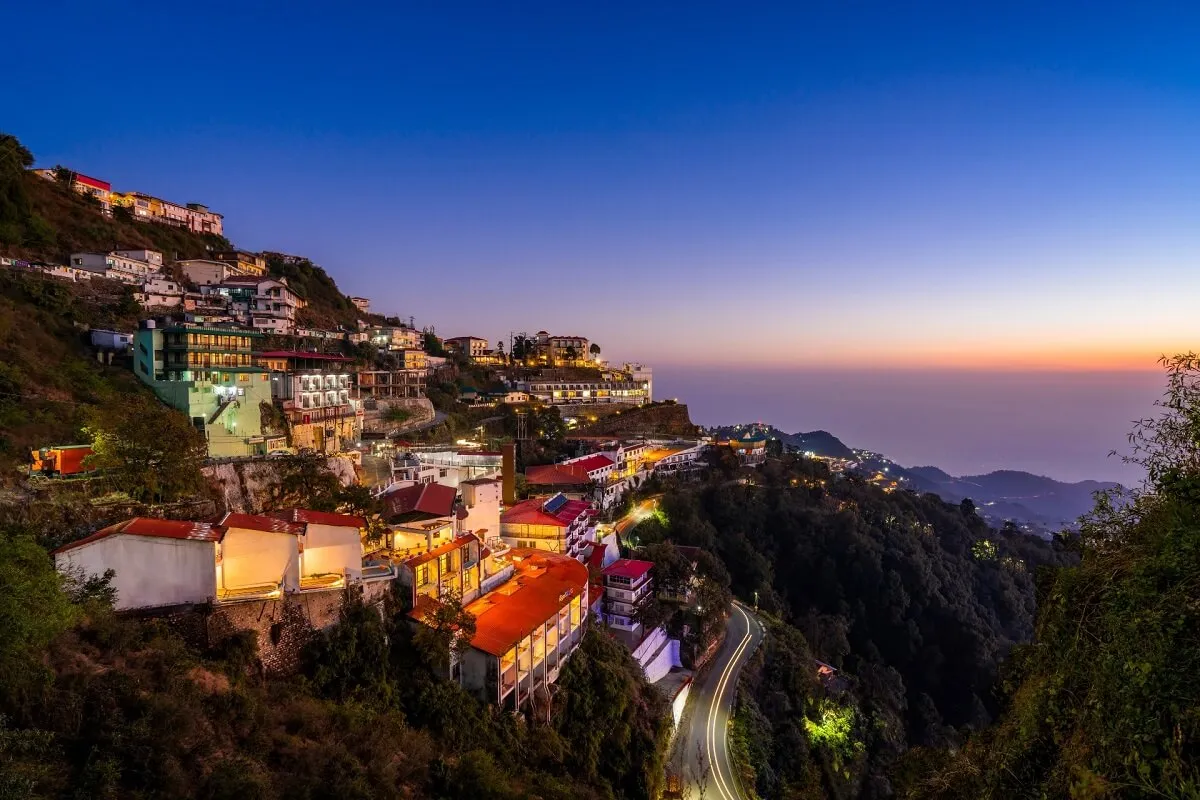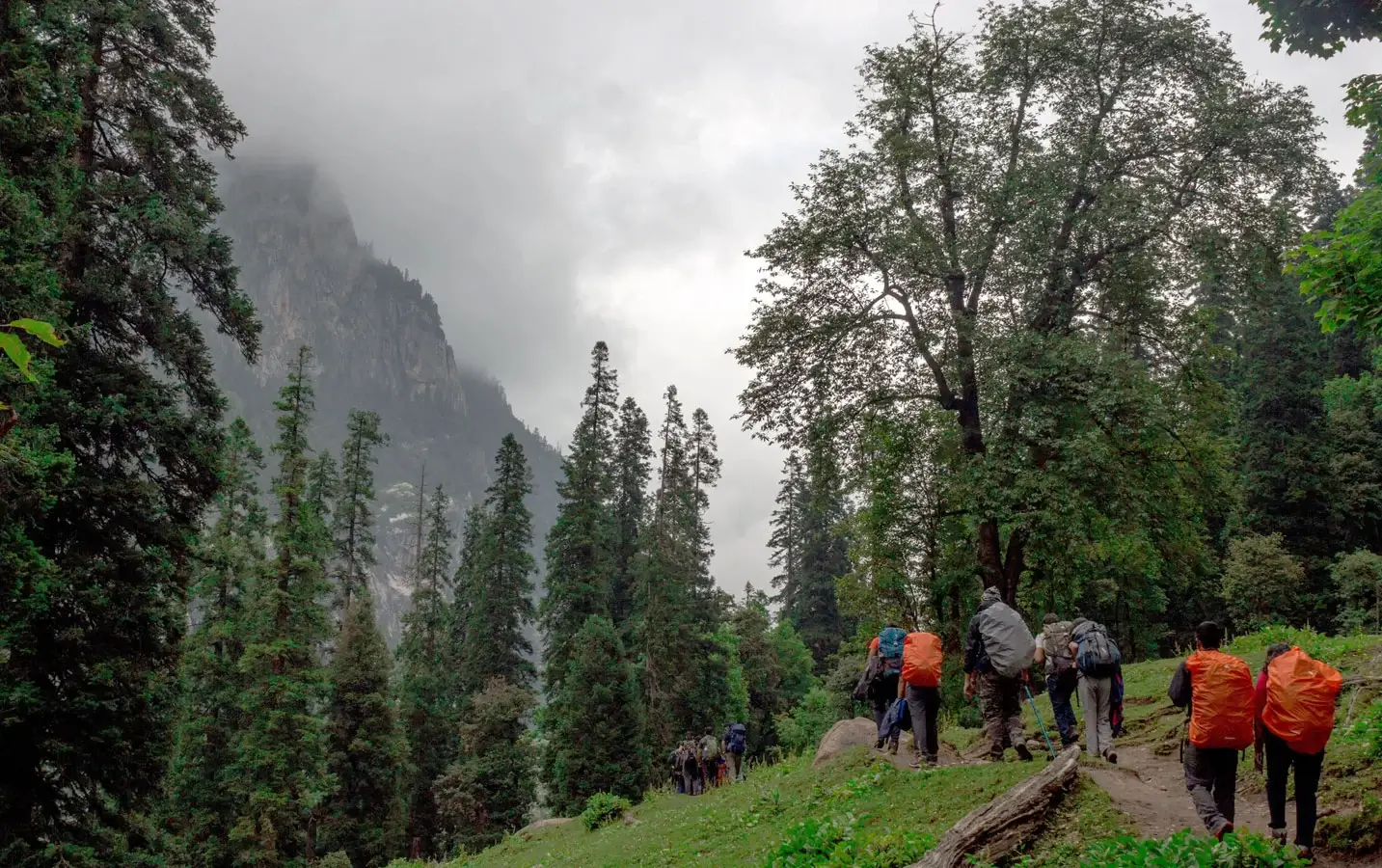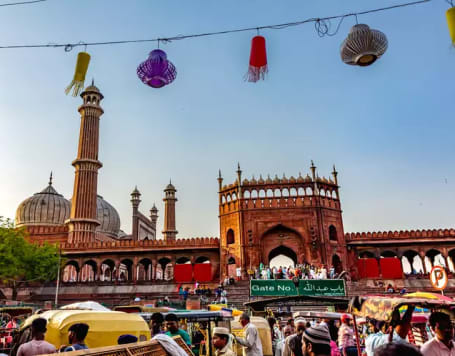Deer parks are areas of land enclosed to keep deer inside. They have been around for centuries, and were originally used by royalty and nobility to hunt deer. Today, many deer parks are open to the public and are popular tourist destinations.
Deer parks play an important role in conservation. They provide a safe haven for deer and other wildlife, and help to protect their habitats. Deer parks can also help to educate the public about deer and their importance to the environment.
History of Deer Parks
The first deer parks were created in China over 3,000 years ago. They were used by the emperor and his court to hunt deer and other animals. Deer parks were also used to provide food for the royal family and their guests.
Deer parks were introduced to Europe in the 11th century by the Normans. They were quickly adopted by the aristocracy, and became an essential part of noble life. Deer parks were used for hunting, as well as for recreation and relaxation.
The most famous deer park in England is Windsor Great Park. It was established by William the Conqueror in the 11th century and is still used by the royal family today. Other notable deer parks in England include Richmond Park, Hampton Court Park, and Hyde Park.
Deer parks were also popular in other parts of Europe, including France, Germany, and Spain. The largest deer park in the world is the Domaine de Chambord in France. It covers an area of over 13,000 acres and is home to over 5,000 deer.
Deer Park Habitats
Deer parks typically provide a variety of habitats for deer and other wildlife. They may include forests, woodlands, meadows, and grasslands. Deer parks may also have ponds, lakes, and streams.
The type of habitat in a deer park will depend on the location of the park and the type of deer that are kept there. For example, red deer prefer to live in woodlands and forests, while fallow deer prefer to live in more open areas such as meadows and grasslands.
Deer Park Management
Deer parks are carefully managed to ensure that the deer are healthy and that the habitat is protected. Deer park managers typically control the number of deer in the park, as well as the type of vegetation that grows there.
Deer park managers also need to be aware of the potential threats to deer, such as predators and diseases. They may take steps to control these threats, such as building fences to keep predators out or vaccinating deer against diseases.
Benefits of Deer Parks
Deer parks offer a number of benefits, both to deer and to people.
For deer, deer parks provide a safe haven from predators and hunting. They also offer a variety of habitats and food sources. This helps to ensure that the deer are healthy and well-nourished.
For people, deer parks offer a number of benefits, including:
- Conservation: Deer parks play an important role in conservation. They provide a safe haven for deer and other wildlife, and help to protect their habitats.
- Education: Deer parks can help to educate the public about deer and their importance to the environment.
- Recreation: Deer parks are popular tourist destinations. Visitors can enjoy a variety of activities in deer parks, such as walking, hiking, and birdwatching.
Deer Parks in the Modern World
Today, many deer parks are open to the public. They are popular tourist destinations, and offer visitors a chance to see deer and other wildlife up close. Deer parks also play an important role in conservation and education.
Some of the most popular deer parks in the world include:
- Windsor Great Park, England
- Richmond Park, England
- Hampton Court Park, England
- Hyde Park, England
- Domaine de Chambord, France
- Nara Park, Japan
- Deer Island, Canada
- Banff National Park, Canada
- Yellowstone National Park, USA
- Rocky Mountain National Park, USA
Conclusion
Deer parks are important places for both deer and people. They provide a safe haven for deer and other wildlife, help to protect their habitats, and offer visitors a chance to learn more about these amazing animals.



































